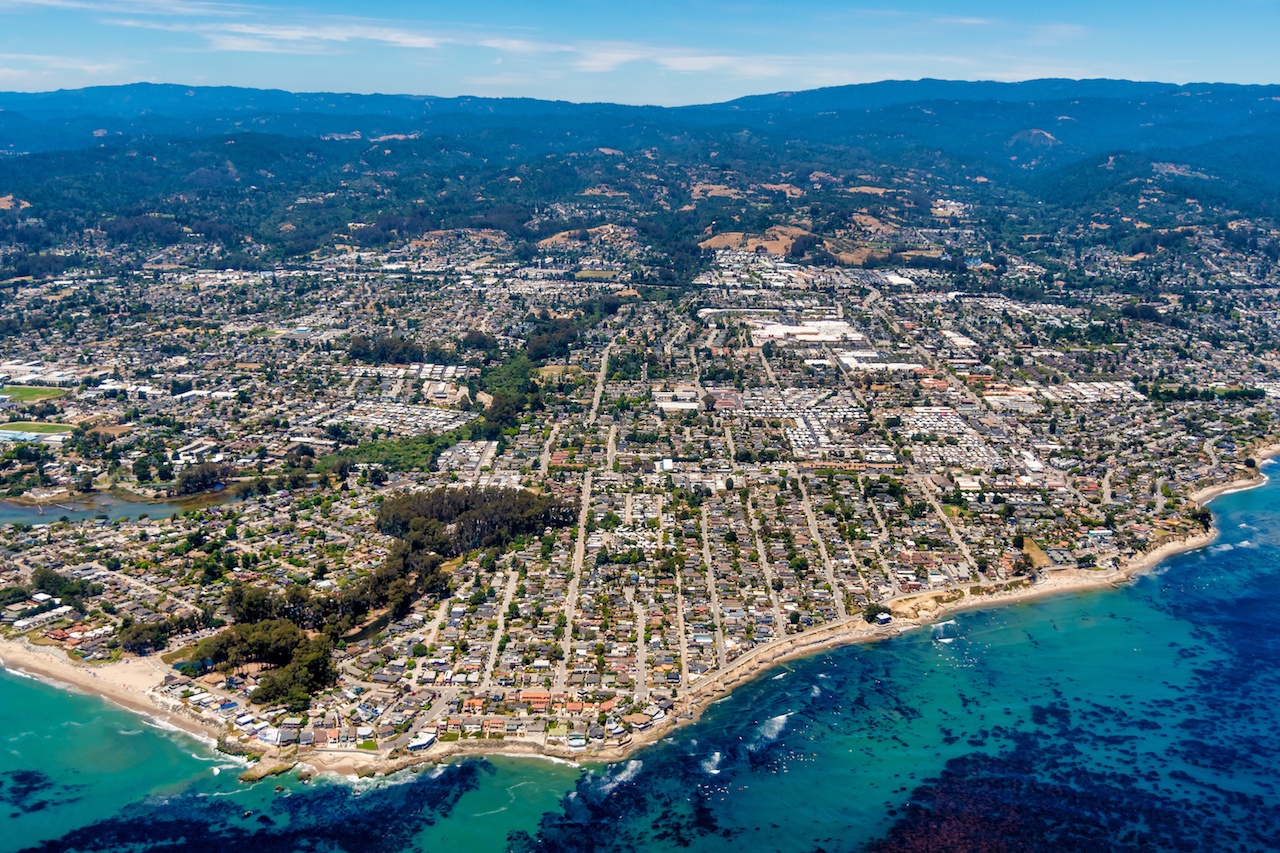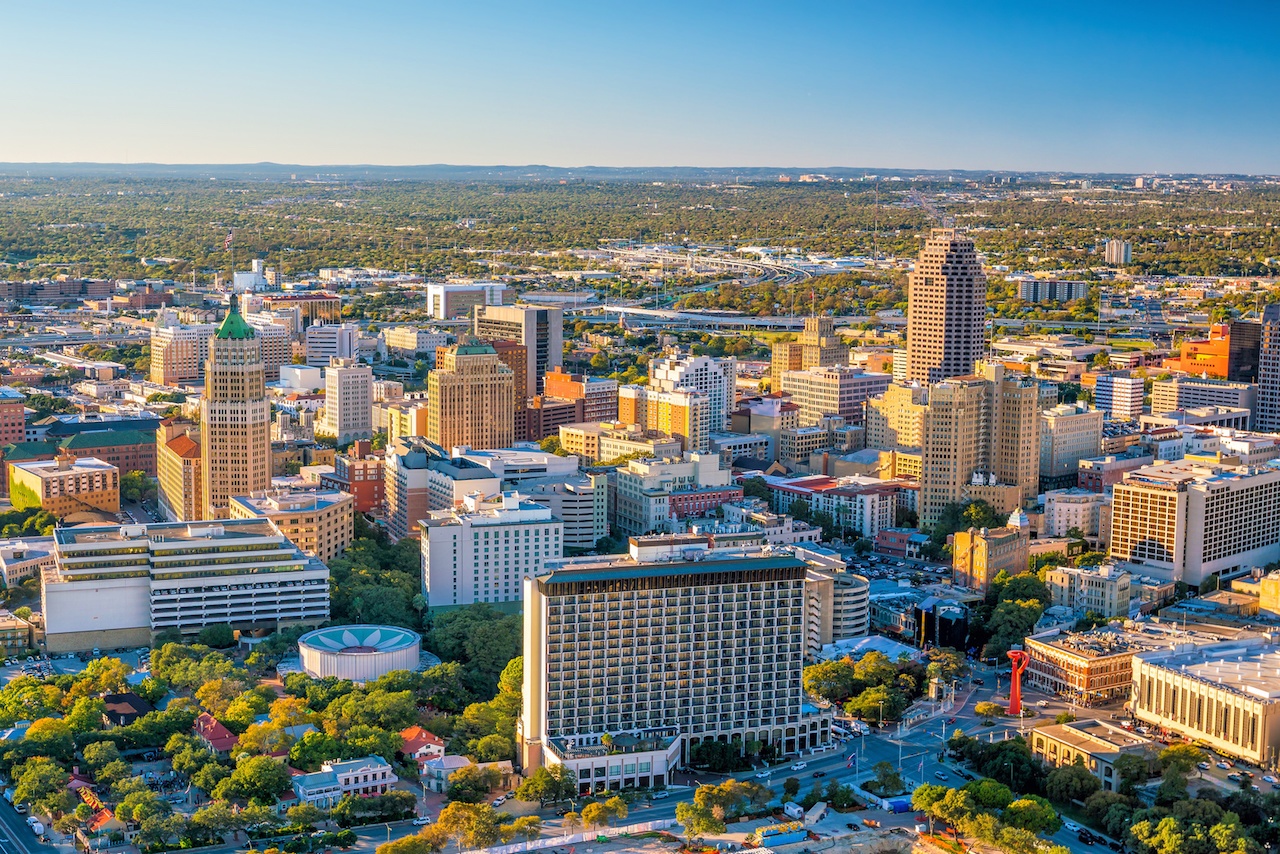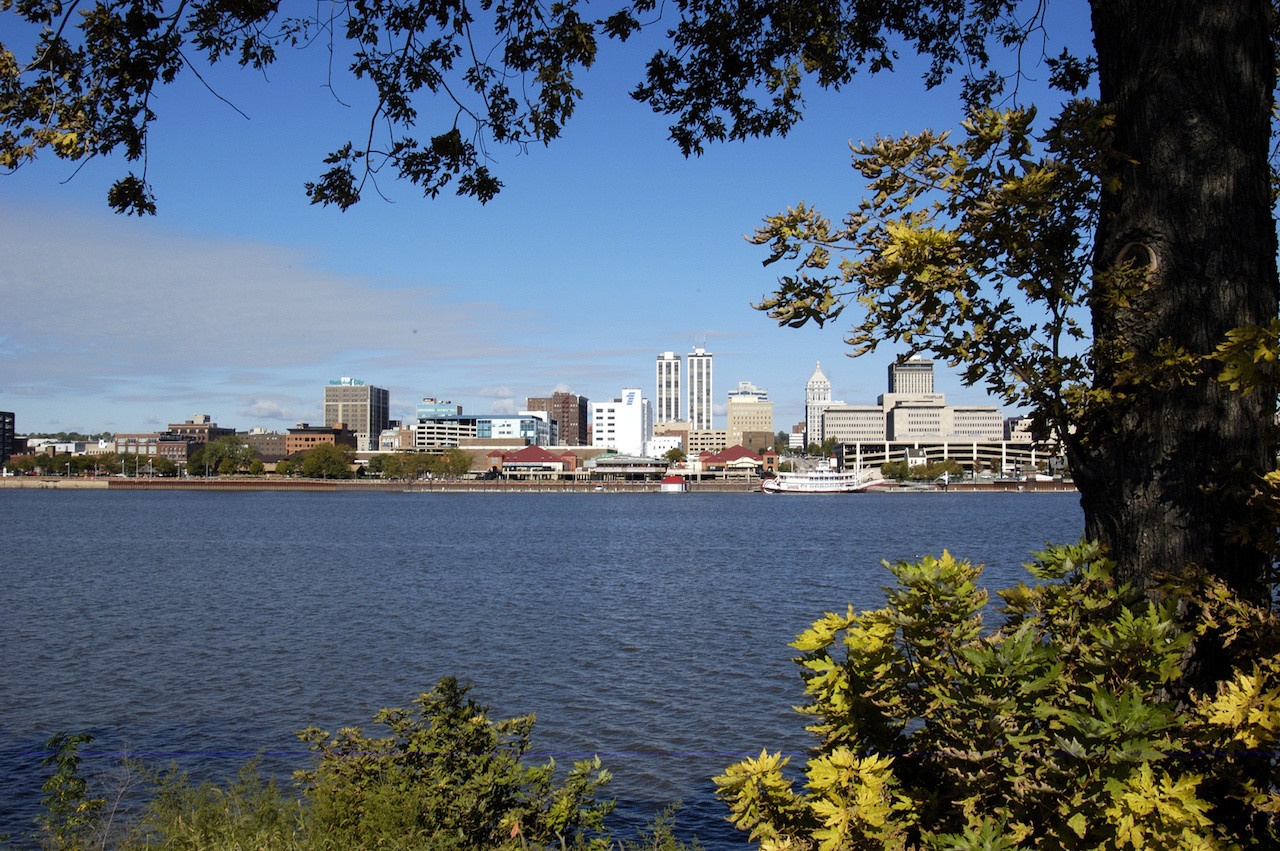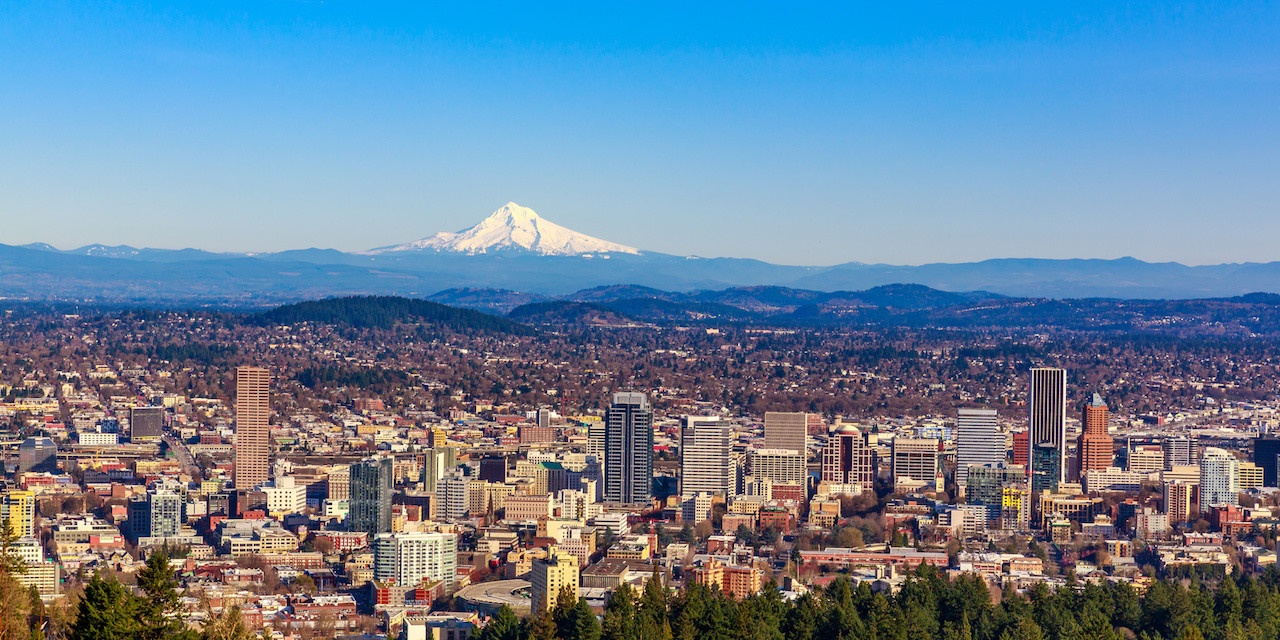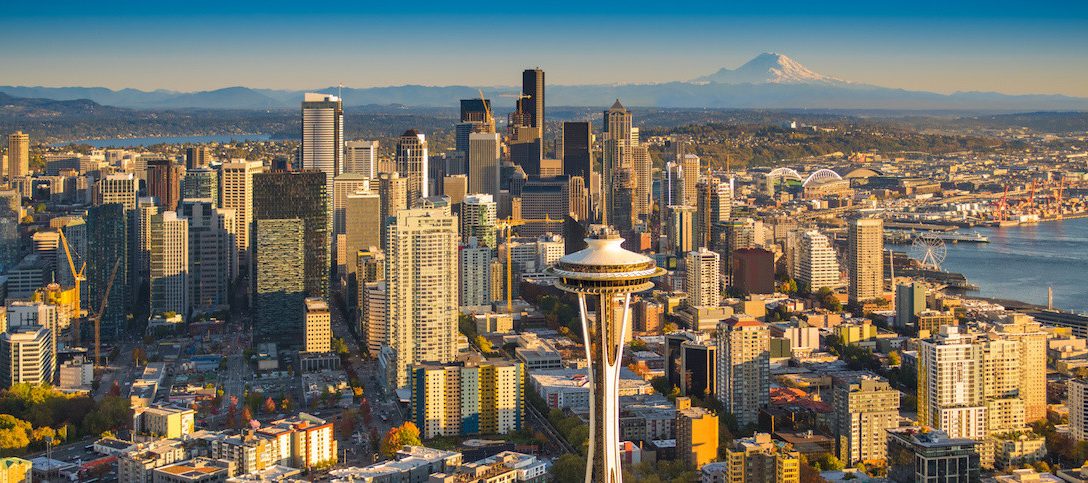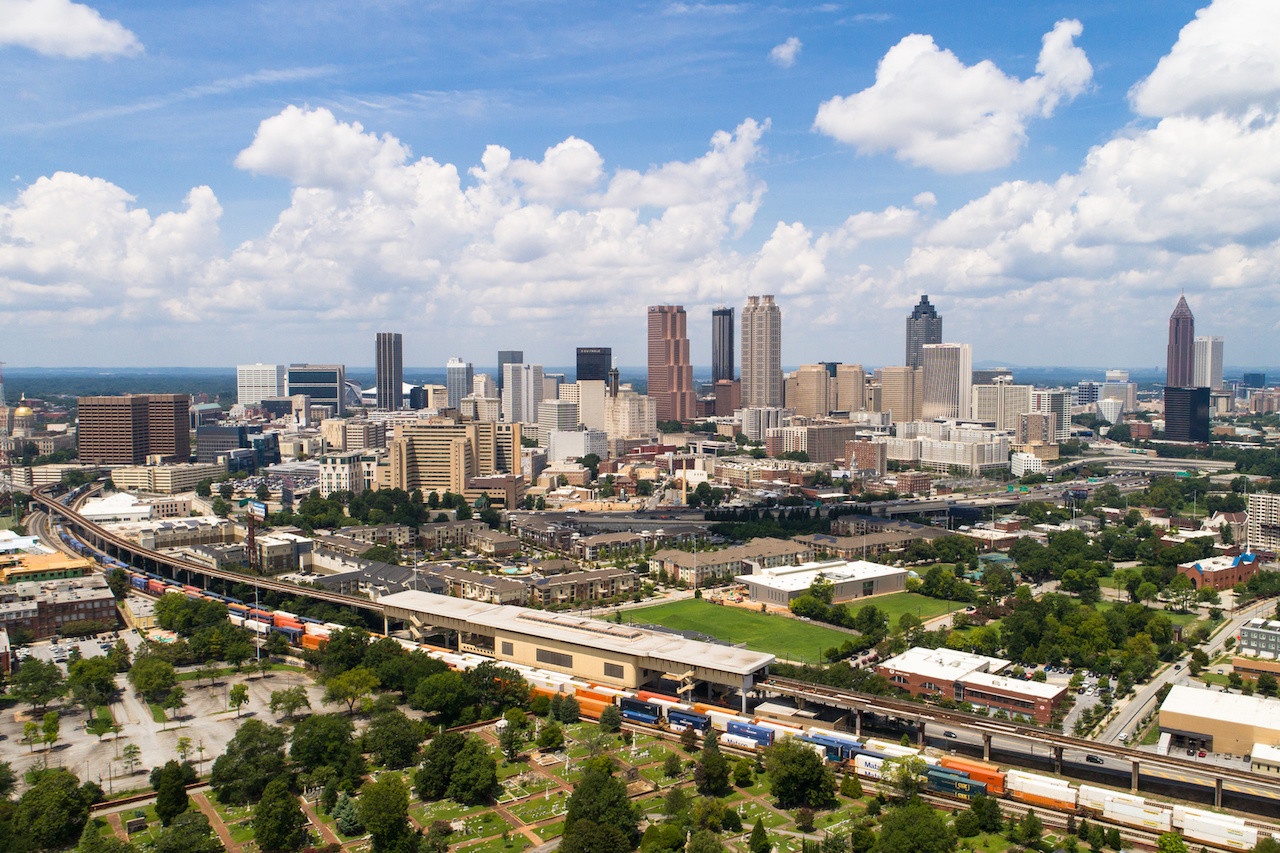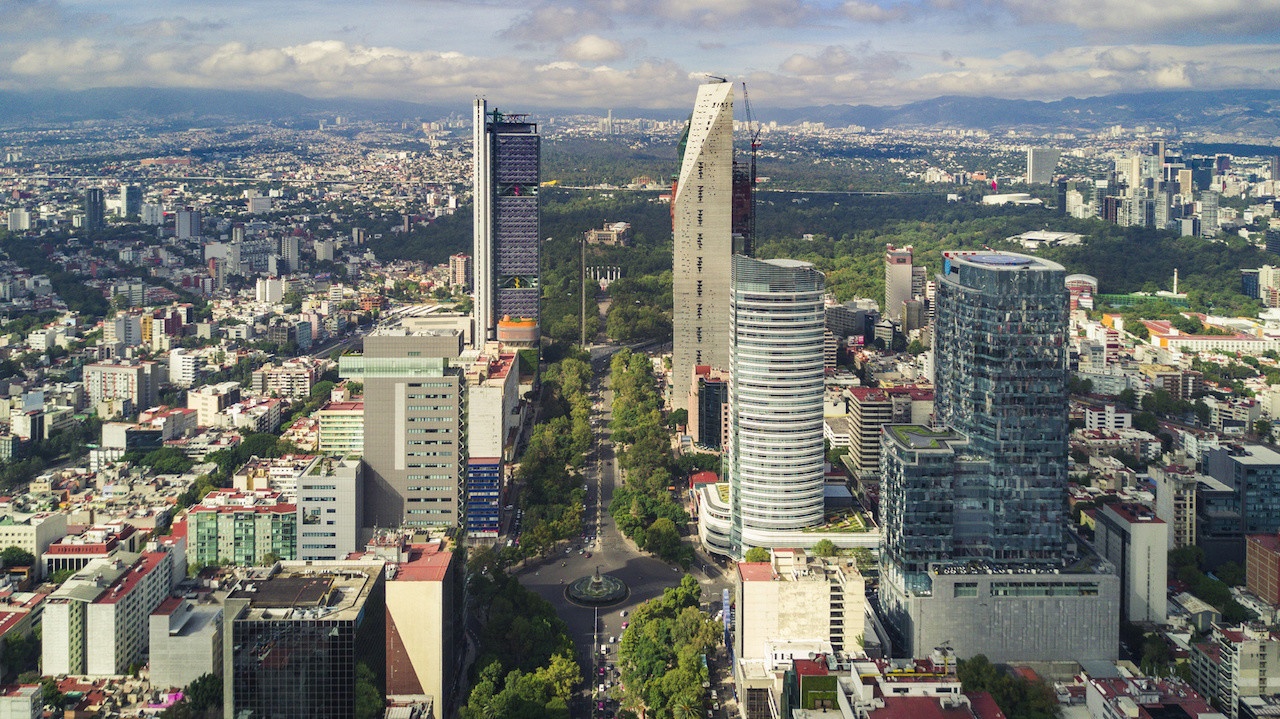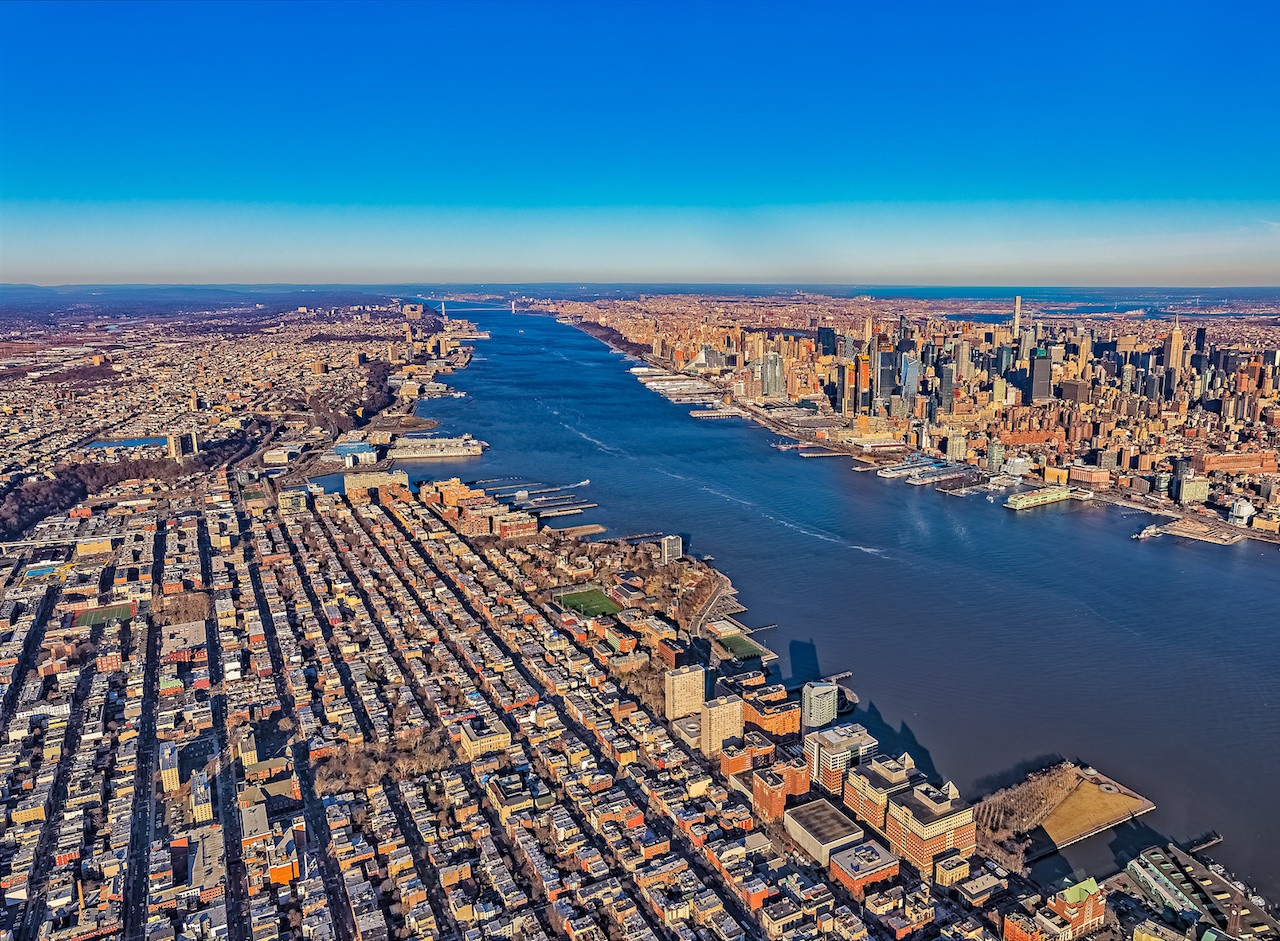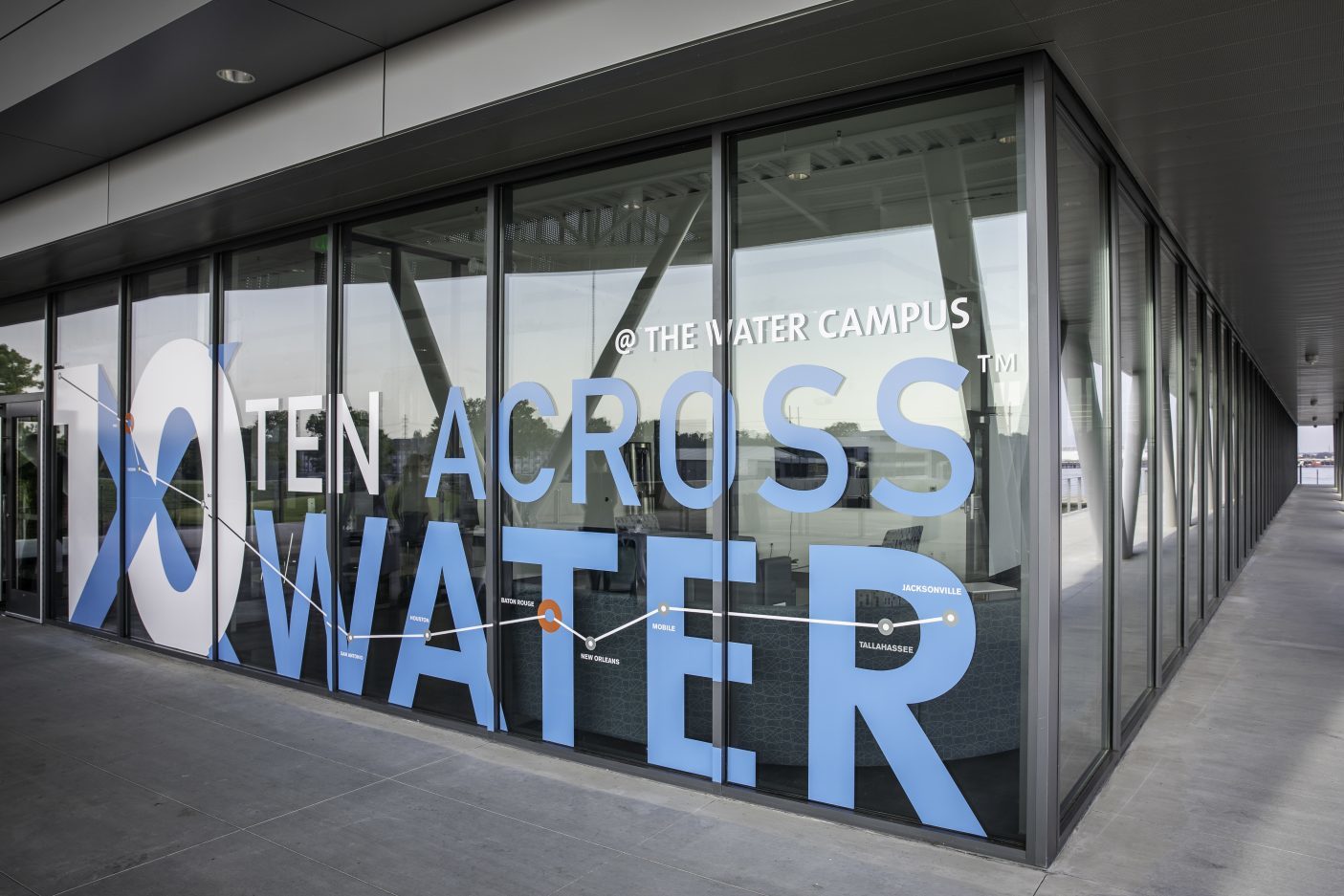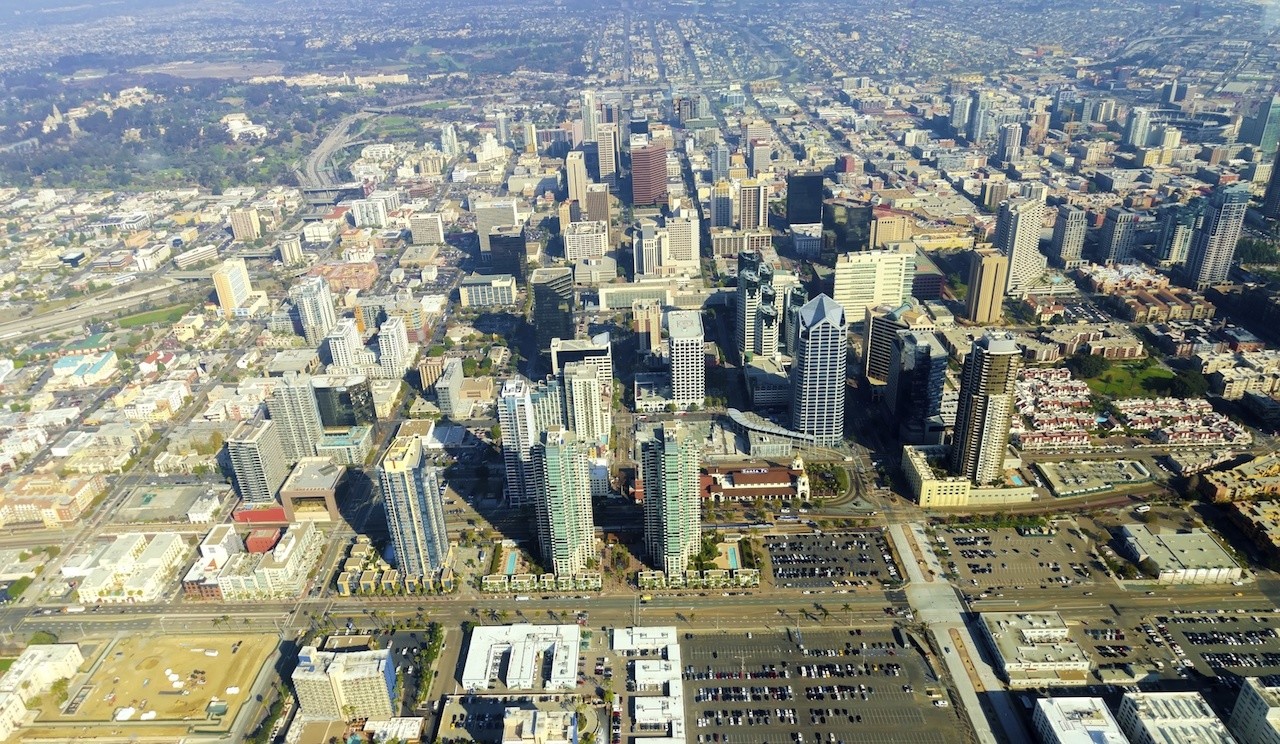Resources
A broad category of content focused on resources in cities.
Examples: energy, water, food systems, resource management
Innovations in Urban Water Reuse
Water is valuable during all parts of this interconnected urban water cycle – there are opportunities at every step to maximize use that benefits the community, economy and environment. Viewing water as a resource and understanding the interconnectedness of One Water allows for innovative solutions to arise.
7 Strategies for Cities to Maximize Benefits of Community Solar
For cities, community solar is a way to vastly increase the amount of locally generated renewable energy, along with associated benefits of local jobs, property tax revenue, and local community investment. Other renewable energy strategies like purchasing Renewable Energy Credits (RECs), carbon trading and Virtual Power Purchase Agreements (VPPAs) may help cities meet their goals, but won’t drive investment and transition within communities or give cities a tool to address energy costs for low-income residents.
Better Green Infrastructure Starts with Benefits-Driven Design
In order to realize its potential, green infrastructure must be designed holistically in partnership with the community, delivered at scale, and maintained for the long-term.
10 Ways Portland is Addressing Housing Issues
Here are 10 ways Portland is tackling housing—along a spectrum from homelessness to homeownership, and creating affordable solutions along that spectrum. We have focused our efforts on leveraging funding sources, and maximizing strategic investment opportunities.
The Role of Utilities in Advancing Smart Cities
City Light became an early leader in acknowledging climate change and supporting business practices to reduce utilities’ carbon footprints. Acknowledging this was an important first step in reducing the communal impact of this city that lies in the heart of the beautiful Pacific Northwest.
Strategies for Sustainable Food Systems in Smart Cities
In addition to the needs on the entrepreneurship side, it also became readily apparent that the urban farming industry is siloed and frequently disconnected from the outside world. To address this we have created workshops and conferences that focus on bringing people of diverse backgrounds together and introducing urban agriculture to a wider audience than just ag-tech entrepreneurs.
How to Create Successful Distributed Generation Programs
Market rules and regulations must be clear, simple, and visible to all market participants. They should allow for fair competition and for reasonable returns on investment. This way, sellers and buyers are encouraged to make investments.
Power Struggle for Aggressive Urban Renewable Energy Goals
Reaching 100 percent renewables takes political courage. California puts a price on carbon. Minneapolis facilitates private investment in community solar. Texas ends utility monopoly power with an open market.
Building Resilience with Microgrids and Smart Energy
In some regions, electric grids have increased capacity, become more reliable, much better at integrating distributed renewables, smarter and more resilient. In other places, serious investment is needed to reduce the risk of failure in storms and malfunctions that cause everything from wildfires to millions living for days in darkness. Microgrids are a growing part of the solution.
Economic & Environmental Challenges Across the Interstate 10 Region
Ten Across is designed to accomplish two things: first, to represent the world as it is in all of its complexity and nuance and, second, to imagine alternatives to the present trajectory.
Electrify Everything and Slow Climate Change
In California, millions of homes are all-electric and 819,337 have solar roofs. Electric heat pumps can accommodate all needs for water heating, air conditioning and heating. Starting in 2020, all new California homes will be required to be zero-energy, accomplished by being well insulated, very efficient, all electric, and having solar roofs. Zero-energy homes, government and commercial buildings will allow the major cities of San Diego, San Francisco, and even massive Los Angeles to meet city goals of using 100 percent renewables.
How Measuring Resource Use Can Lead to Policy Change
Analysis and policy recommendations stemming from the City Footprinting Project will strive for territorial cohesion and equity. They will also aim at developing public policy instruments to preserve and improve the natural capital of each municipality and strengthen the sustainable management of the landscape and of natural resources.

